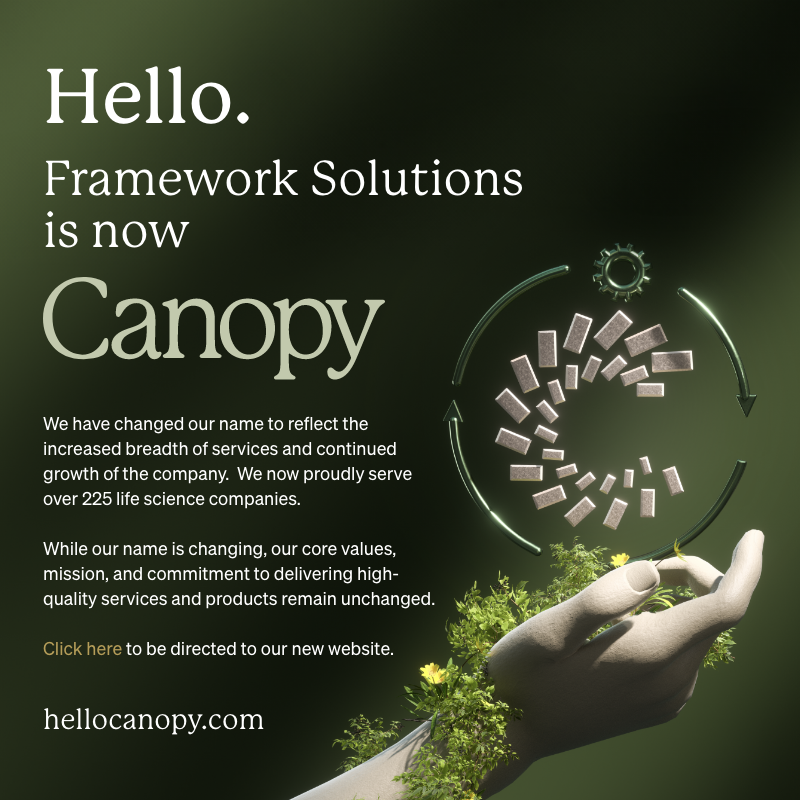3 Common MLR Challenges & How to Overcome Them
The review and approval process for medical and promotional content is a key component to any successful commercial operation in the Pharma and Biotech industries.
While the MLR process may seem straightforward on the surface, there is an intricate machine underneath churning away to ensure that your content is both effective and compliant.
As with any system there are numerous areas that can result in a breakdown, preventing you from efficiently creating, approving, and/or disseminating your medical and promotional content to your target audience.
Though there are many potential points of friction in the content management machine, we are going to focus on three areas that we see with frequency below:
Incomplete or Unnecessary Reviewer Feedback
Reviewer feedback is a core element of the content management process, and thus can be a major pain point. To have productive review meetings and minimize review cycles, it is important to establish the following:
- Clear areas of emphasis for each stakeholder in your review team, you don’t need PhDs slowing down the review process because they don’t like the way a sentence reads. Establish the lanes of responsibility when reviewing content so stakeholders know where to focus their efforts.
- Expectations for how comments are left. Not all comments are created equal, any room for interpretation can lead to miscommunication from your agency partners which can lead to increased review cycles. Make sure all comments are clear and directive.
Outdated Process
Maybe it’s been a couple years since you established your SOP, maybe you launched a new product or two, or maybe all your stakeholders have turned over and you need to adapt to a new working style- all of these are potential reasons why your content review and approval process needs to be regularly maintained. To keep up with this need, we suggest focusing on three things:
- Benchmarking– it can be hard to know you have a problem if you don’t know where you started, where you are now, and what the industry standard is. What is your average review meeting length? How many review cycles are required on average for a piece to be approved? How many pieces do you approve per month? Knowing the answers to questions like these will help you keep track of where you need to focus your energy to increase efficiency.
- Feedback– One of the most underrated aspects of an agile content management process is stakeholder buy-in. Formally gathering stakeholder feedback will not only provide you with input from your feet on the ground but will also foster an inclusive environment so your team will feel ownership over more than just their final signature.
- Recurrent Training– We see it often, your company launches a shiny new content management platform, your SOP is feeling tight and everything is running smoothly. Over time stakeholder diligence starts to lag, turnover takes its toll, and what once was shiny is now tarnished. Recurrent training for stakeholders allows for increased accountability and incremental implementation of process and platform updates.
Coordinator Turnover
Coordinators can often be overlooked but play an integral role in the success of your content management process. See the difference between a veteran and novice coordinator below:
- A veteran coordinator knows your SOP and your stakeholders inside and out. They command the review meetings, effectively manage the varied personalities of your team, and demand that your agencies meet their timelines and quality standards when submitting assets for review.
- A novice coordinator may have trouble commanding the respect of a seasoned team, is still learning the SOP, and may decrease the efficiency of your review meetings.
While it isn’t always possible to find a seasoned coordinator, the person you chose to captain your process needs to have an in-depth understanding of the asset lifecycle from agency creation to 2253 submission.
Conclusion
In this dynamic regulatory environment, there are many elements that need to be consistently addressed to establish and maintain an effective, efficient, and compliant medical and promotional content review and approval process. By addressing the quality of reviewer feedback, regularly revisiting your process, and periodically training your team, you will have a strong foundation upon which to build your commercial operations.
Questions?
Transformation through Collaboration



